
Nails as Health Indicators
Healthy nails are smooth and firm, have consistent color with the light pink surrounding light pink flesh. A number of disorders can affect their appearance. Therefore, the nails can be indicators of the general health. Proper diet and home treatment may significantly improve the appearance of nails. Nails and surrounding skin can become infected with bacteria and fungi such as candida or tinea because of which nails may become softer, lose color, thicken or look unattractive. Cuticle is a bacterial or fungal infection of the skin fold which is attached to the nail. Some skin diseases, such as psoriasis, can also affect the nails, causing thickening, dotted indentations or even separation from the nail tissue. Hair loss in strands known as alopecia areata is sometimes associated with rough nails. The other, more serious conditions that can cause problems with nails, include excessive secretion of thyroid hormone (tirotok-sycosis), blood clotting disorders and heart valves inflammation (endocarditis). The nails may turn blue because of severe asthma, heart disease, emphysema and bronchitis, while yellowish and very hard nails can be a consequence of bronchiectasis (damaged lungs airways) or limfodema (accumulation of lymph in the tissue). Also, change in the nails color can be caused by smoking or regular use of nail polish. Toenails can grow in because of the uncomfortable shoes pressure. Lack of nutrients can be also seen on the nails. Anemia due to iron deficiency can cause pale nails that become thin, brittle and wrinkled. Lack of zinc causes white spotted and/or brittle nails. Lack of linolenic acid (essential fatty acid) can cause nails cracking and peeling.Nails Healing through Nutrition
Diet should be adjusted to specific causes of nail disorders. In the case of fungal or bacterial infection of the nail, the immune system should be strengthened by taking the garlic and onions, zinc-rich foods (nuts, root vegetables, shellfish), vitamin C and flavonoids (fruits and vegetables) and omega-3 fatty acids (nuts, dark green leafy vegetables, oily fish, and rapeseed oil).When the nails are cracked, more vitamin A should be taken by drinking carrot juice and eating more eggs, milk and liver. Eat three portions of oily fish every week, and consider taking extra fish oil.
The white spots on the fingernails require taking more zinc and B vitamins by eating more poultry, seafood and whole grains. Also, some essential oils may be very helpful in the nail care. Tea tree oil is especially effective in treating fungal infections of the nails. Apply it directly to the affected nails and cuticles, or mix five drops of it with the same amount of marigold oil and two tablespoons of almond oil, and rub the mixture on the nails.
Mixture, made of five drops of eucalyptus oil, 5 drops of patchouli oil, 10 drops of tea tree oil, 10 drops of calendula oil and two tablespoons of almond oil, is very beneficial for many nails disorders.




_f_280x120.jpg)
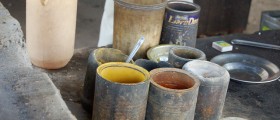
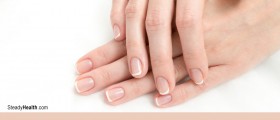
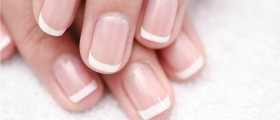
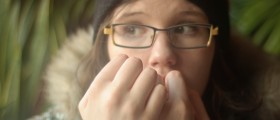

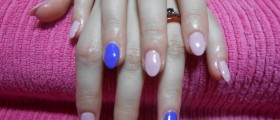

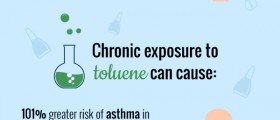
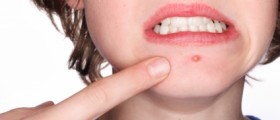
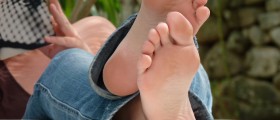

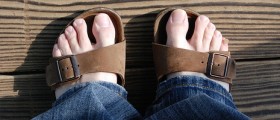
Your thoughts on this
Loading...